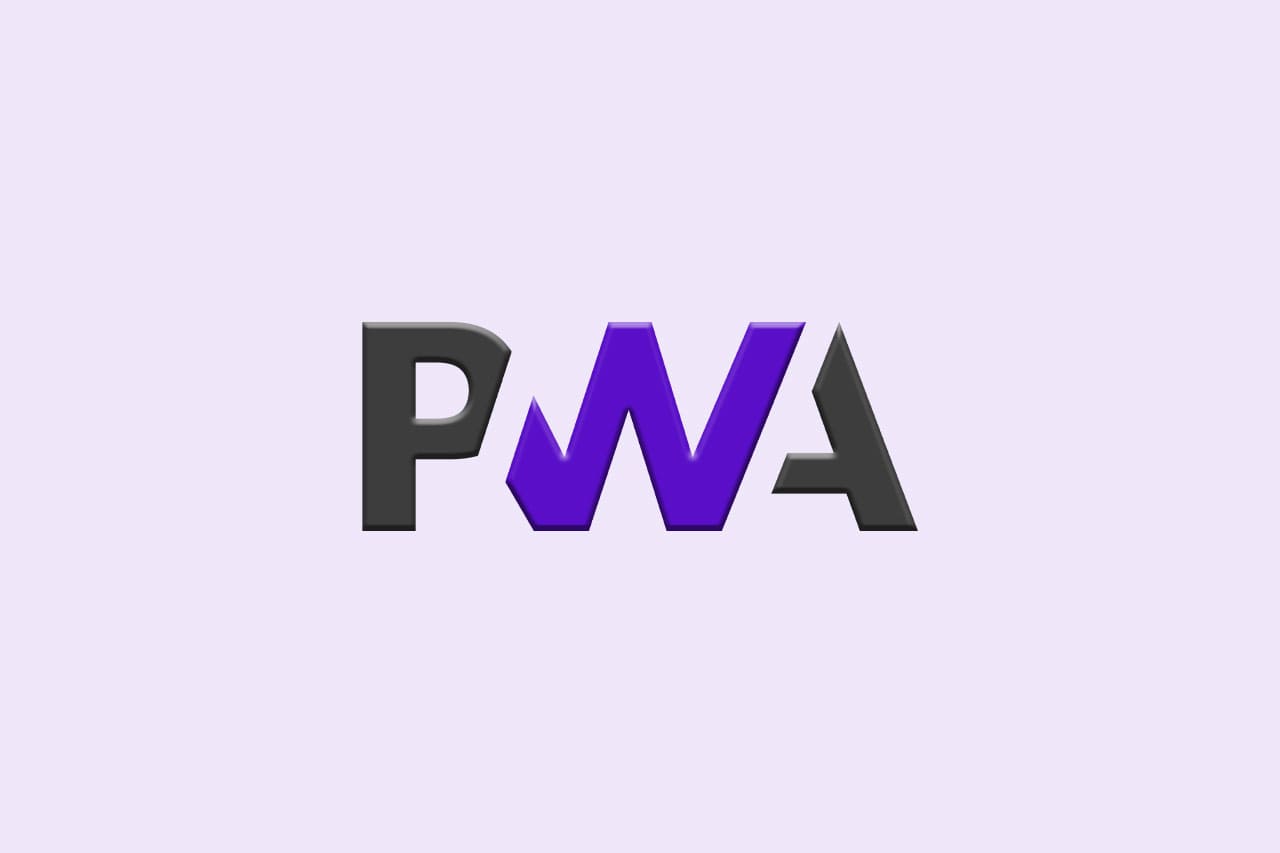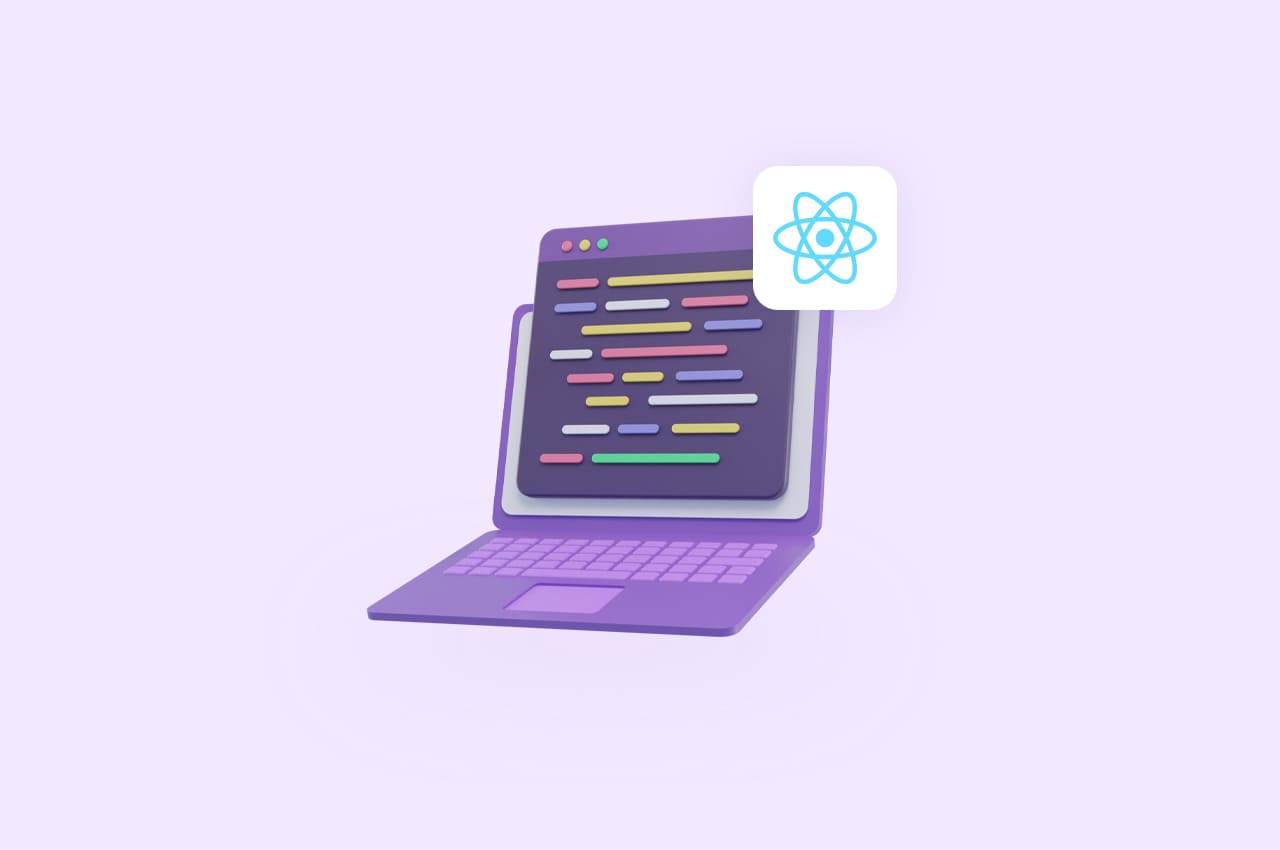Top 10 Future Trends & Key Features in Performance Management System

Performance Management Systems (PMS) are essential components of HRMS because they provide an organized strategy to managing and analyzing employee performance. PMS refers to a set of processes, methods, and tactics that strive to match individual and team goals with company objectives. Setting clear performance standards, providing regular feedback, analyzing performance, and celebrating accomplishments are all part of it. Organizations may optimize their people management, enhance employee engagement and development, and ultimately achieve better business outcomes by implementing an efficient PMS within an HRMS.
In this blog, we will look at the importance of PMS in HRMS and how it may help organizations succeed.
Benefits of Implementing an Effective PMS:
- Improved productivity: A well-designed PMS communicates clear performance goals and feedback to employees, assisting them in understanding their roles and duties. This clarity boosts productivity by allowing employees to focus on essential objectives and match their efforts with the aims of the firm.
- Increased engagement: A good project management system encourages regular contact and feedback between managers and staff. This promotes an open communication, recognition, and growth culture, which leads to higher levels of employee engagement and motivation.
- Enhanced performance: A PMS allows employees to track their progress and make necessary improvements by defining precise targets and offering ongoing feedback. It facilitates performance improvement and professional success by identifying strengths and opportunities for development.
- Talent retention: A good project management system recognizes and rewards strong performers, which increases employee satisfaction and decreases turnover. It provides possibilities for career advancement and development, increasing the likelihood of employees remaining with the firm.
- Alignment with organizational objectives: A PMS ensures that individual and team goals are in sync with the larger organizational goals. This alignment contributes to the development of a cohesive team focused on attaining similar goals and promoting overall corporate success.
- Objective decision-making: A data-driven performance management system collects and analyzes performance data, allowing for objective decisions on promotions, compensation, and development opportunities. This removes bias and guarantees that talent management methods are fair.
- Continuous learning and development: A PMS encourages continuous learning by providing opportunities for skill enhancement and professional development. It supports employee growth, increases job satisfaction, and prepares individuals for future responsibilities.
Implementing an effective PMS within an organization can yield these benefits and contribute to a high-performing and engaged workforce.
Horilla’s HRMS: Empowering Performance Management:
Horilla HRMS provides effective performance management capabilities by incorporating a powerful Performance Management System (PMS) module. Its PMS module has a number of features and functionalities that help to streamline performance management operations.
- Setting Clear and Measurable Goals: Horilla’s PMS enables firms to set clear and measurable goals that are connected with strategic objectives. It allows goals to be cascaded from the organizational level to individual personnel, ensuring alignment and clarity.
- Continuous Feedback: The system allows managers and employees to exchange feedback on an ongoing basis. It fosters a culture of continuous improvement and growth by encouraging regular check-ins, real-time performance conversations, and constructive criticism.
- Performance Evaluations: The PMS module in Horilla provides a formal framework for conducting performance evaluations. Managers can review employee performance using set criteria, competencies, and goals, assuring fairness and consistency.
- Development Planning: The PMS module includes tools for detecting development needs and developing customized growth plans. It helps employees learn new skills, close competency gaps, and advance in their jobs.
- Recognition and Rewards: Horilla’s PMS makes the process of recognizing and rewarding employees easier. It enables managers to recognize excellent performance, issue timely rewards, and administer performance-based incentives, fostering an appreciating and motivational culture.
- Analytics and Reporting: The PMS module provides analytics and reporting capabilities, allowing you to gain insight into individual and team performance. It allows for data-driven decision-making, identifies performance trends, and aids in the identification of areas for improvement.
- Integration with HRMS: Horilla’s PMS connects smoothly with other HRMS modules, such as employee data, training, and remuneration. This integration enables a comprehensive and integrated approach to personnel management by providing a holistic perspective of employee performance.
Horilla’s HRMS, which includes a powerful PMS module, enables firms to effectively manage performance, boost employee engagement, and foster a high-performance culture. It improves communication and encourages continual improvement and development by streamlining performance management processes.
Key Features of Horilla’s PMS module:
Horilla’s PMS module has a number of significant elements that are intended to improve performance management processes. Among the important aspects are:
- Goal Alignment: The PMS module enables organizations to align employee goals with strategic objectives. It gives a framework for establishing specific, quantifiable goals that ensure individual activities contribute to overall corporate success.
- Continuous Feedback: Horilla’s PMS creates a feedback culture. It enables managers and employees to conduct regular check-ins and real-time performance conversations. This feature promotes continuous communication, allows for prompt course correction, and promotes employee growth and development.
- Performance Evaluations: The PMS module has a defined framework for conducting performance evaluations. Managers can use it to assess employee performance against established criteria, competencies, and goals. This feature ensures fairness, consistency, and comprehensive assessment of employee contributions.
- Development Planning: Horilla’s PMS facilitates employee development planning. It includes tools and resources for identifying skill gaps, developing personalized development programs, and tracking progress. This feature assists employees in developing their skills and advancing their careers.
- Recognition and Rewards: The PMS module contains tools for recognizing and rewarding outstanding performance. It enables managers to recognize employee accomplishments, issue timely rewards, and implement performance-based incentives. This feature fosters a culture of acknowledgment and encourages people to give their all.
- Analytics and Reporting: Horilla’s PMS module has powerful analytics and reporting tools. It analyzes individual and team performance, detects trends, and generates performance reports. This function allows for data-driven decision-making and assists HR professionals and managers in gaining a thorough grasp of performance results.
- Integration with HRMS: The PMS module interfaces smoothly with other modules in the Horilla HRMS ecosystem. This integration guarantees that performance management is in sync with other HR operations, including employee data management, training, and compensation. It offers a centralized platform for managing all areas of employee performance.
Horilla’s PMS module’s key features enable organizations to align employee goals, foster continuous feedback, conduct comprehensive performance evaluations, support employee development, recognize exceptional performance, leverage analytics for insights, and integrate performance management with other HR processes.
PMS: Driving Employee Development, Growth, and Retention
An efficient Performance Management System (PMS) is critical in promoting employee development, career growth, and talent retention in today’s competitive company world.
This blog will investigate the considerable influence of PMS on the following main areas:
- Employee Development: A solid project management system (PMS) gives a foundation for establishing clear performance standards and detecting skill shortages. Employees receive advise on areas for improvement and chances for progress through continual feedback and development planning. PMS enables people to improve their competencies, learn new skills, and advance in their careers by facilitating focused training, mentoring, and coaching programs.
- Career Growth: PMS serves as a roadmap for career advancement. It enables employees to realize how their contributions directly impact their career paths by linking individual goals with organizational objectives. Regular performance evaluations and discussions identify high-performing employees and provide insights into their potential for advancement. PMS supports career pathing, succession planning, and the identification of new opportunities within the organization, fostering employee satisfaction and loyalty.
- Talent Retention: An effective PMS promotes a culture of recognition, appreciation, and fair rewards. Organizations can engage employees and reinforce their commitment to the company by recognizing and rewarding great achievements. The performance management system (PMS) provides transparent performance appraisals, ensuring that employees understand how their contributions are valued and how they can advance within the firm. This acknowledgment and opportunity for advancement contribute considerably to talent retention initiatives, lowering turnover and conserving institutional expertise.
- Feedback and Communication: PMS encourages managers and staff to provide constant feedback and communication. Regular check-ins and performance reviews encourage open interaction, allowing for prompt resolution of concerns and alignment of expectations. Constructive feedback helps employees understand their strengths and areas for improvement, enabling them to make necessary adjustments and achieve their career goals. Effective communication within the PMS framework also enhances employee engagement and satisfaction.
- Data-Driven Decision-Making: PMS generates useful performance data and insights that help to inform strategic decision-making. Organizations can find patterns, trends, and areas for improvement by evaluating performance indicators. This data-driven strategy enables the implementation of targeted activities such as training programs, succession planning, and performance improvement plans, ensuring top talent development and retention.
Finally, a well-designed and well-implemented PMS has a major impact on staff development, career advancement, and talent retention. It promotes a culture of continuous improvement, offers advancement possibilities, and acknowledges and rewards great performance. Organizations can build an atmosphere that attracts, engages, and keeps top talent by prioritizing employee development and using the power of performance management.
Best Practices for Effective PMS Implementation & Utilization in HRMS
Effectively implementing and operating a Performance Management System (PMS) within HRMS necessitates careful planning and adherence to best practices.
The following are critical recommendations for successful PMS implementation and use:
- Establish Clear and Measurable Performance objectives: Establish clear and measurable performance objectives that are consistent with corporate goals. Make certain that staff understand what is expected of them and how their performance will be assessed.
- Promote a Culture of Continuous Feedback: Encourage managers and staff to provide continuous feedback and communication. Employee growth and development are aided by regular check-ins, coaching sessions, and constructive feedback sessions.
- Train Managers and Employees: Provide extensive training to managers and employees on how to use the PMS efficiently. Ascertain that they are aware of the purpose, procedure, and best practices for performance management.
- Align Objectives with Organizational Goals: Connect individual aspirations to the larger aims of the company. Ensure that workers’ performance objectives contribute to the overall success of the firm.
- Promote Two-Way Communication: Encourage open and honest communication during performance evaluations. Allow employees to discuss their ideas, challenges, and goals, promoting a collaborative environment.
- Incorporate Development Opportunities: Use the PMS to identify growth needs and give suitable training and learning opportunities. Help employees learn new skills and advance in their jobs.
- Monitor and Review Performance Regularly: Schedule regular performance reviews to assess progress, provide feedback, and set new goals. Timely and consistent performance evaluations help employees stay on track and address any performance issues promptly.
- Establish a Fair and Transparent Performance Evaluation Methodology: Establish a fair and transparent performance evaluation methodology. To evaluate performance and make judgments about incentives, promotions, and recognition, use objective criteria and uniform standards.
- Use Technology for Efficiency: Use HRMS technology, such as Horilla, to automate performance management operations, expedite data collecting, and make performance records and feedback easily accessible.
- Evaluate and Improve the PMS: Continuously assess the PMS’s efficiency. Seek input from management, employees, and stakeholders in order to discover areas for improvement and implement the necessary changes.
By implementing and utilizing a PMS within an HRMS, firms may successfully drive employee performance, engagement, and development while aligning individual and organizational goals for long-term success.
Future Trends in Performance Management: Horilla’s Adaptive Approach
Organizations must stay ahead of developing trends in performance management to guarantee their systems remain effective.
Here are some potential developments in performance management, as well as how Horilla is adapting to meet changing needs:
- Continuous Performance Management (CPM): The change to CPM focuses on continuing feedback, coaching, and goal setting. Horilla is aware of this trend and offers features such as real-time feedback, regular check-ins, and agile goal management.
- Data-driven Insights: As analytics and artificial intelligence improve, data-driven insights play an increasingly important role in performance management. Horilla uses data analytics to provide managers and human resource professionals with important insights into employee performance and to suggest areas for improvement.
- Employee-Centric Approach: Employee engagement and empowerment are becoming increasingly important. Horilla recognizes this and provides elements that enable employees to actively participate in their performance management process, such as self-assessments and development planning.
- Individualized Development: Individualized development plans targeted to each employee’s abilities, aspirations, and career goals are becoming more popular. Horilla facilitates individualized growth by offering tools for skill assessment, learning management, and career planning.
- Integration with Learning and Development: Performance management and learning and development go hand in hand. Horilla incorporates performance management into its learning management module, allowing for seamless alignment of performance objectives with training and development programs.
- Agile Goal Setting: Traditional annual goal-setting processes are losing way to more agile and dynamic goal-setting methods. Horilla supports goal management that is adaptable, allowing employees and managers to define, track, and change goals as needed throughout the year.
- Remote Performance Management: As more people work from home, performance management solutions must adapt. Horilla provides remote-friendly features such as virtual performance evaluations, collaborative tools, and remote feedback.
- Social Recognition and Feedback: Peer recognition and feedback have a significant impact on employee motivation and engagement. Horilla includes social recognition capabilities that allow employees to offer and receive an acknowledgment, encouraging a happy and collaborative work environment.
- Employee Well-Being Integration: Employee well-being and performance are inextricably linked. Horilla understands this link and incorporates well-being initiatives into performance management systems, promoting a holistic approach to employee development.
- Mobile and User-Friendly Experience: With more employees relying on mobile devices, performance management solutions must deliver a seamless and user-friendly mobile experience. Horilla provides a mobile-responsive interface that allows employees and supervisors to easily access performance-related information and assignments.
Horilla guarantees that its performance management module remains current, corresponds with increasing organizational demands, and helps enterprises to efficiently drive employee performance, engagement, and growth by responding to these future trends.
Conclusion:
In conclusion, a strong Performance Management System (PMS) is vital in HRMS, allowing firms to successfully drive employee performance, engagement, and growth. Horilla’s HRMS system includes a full PMS module with features like goal alignment, constant feedback, data-driven insights, and personalized growth plans. Organizations may use Horilla to boost productivity, integrate employee goals with corporate objectives, develop a culture of continuous learning, and increase talent retention. Businesses may harness the full potential of their staff and achieve long-term growth and success by leveraging Horilla’s PMS capabilities.
To read more about the best practices for creating effective OKRs, refer to our blog What are the Best Practices for Creating Effective OKRs in 2023?




